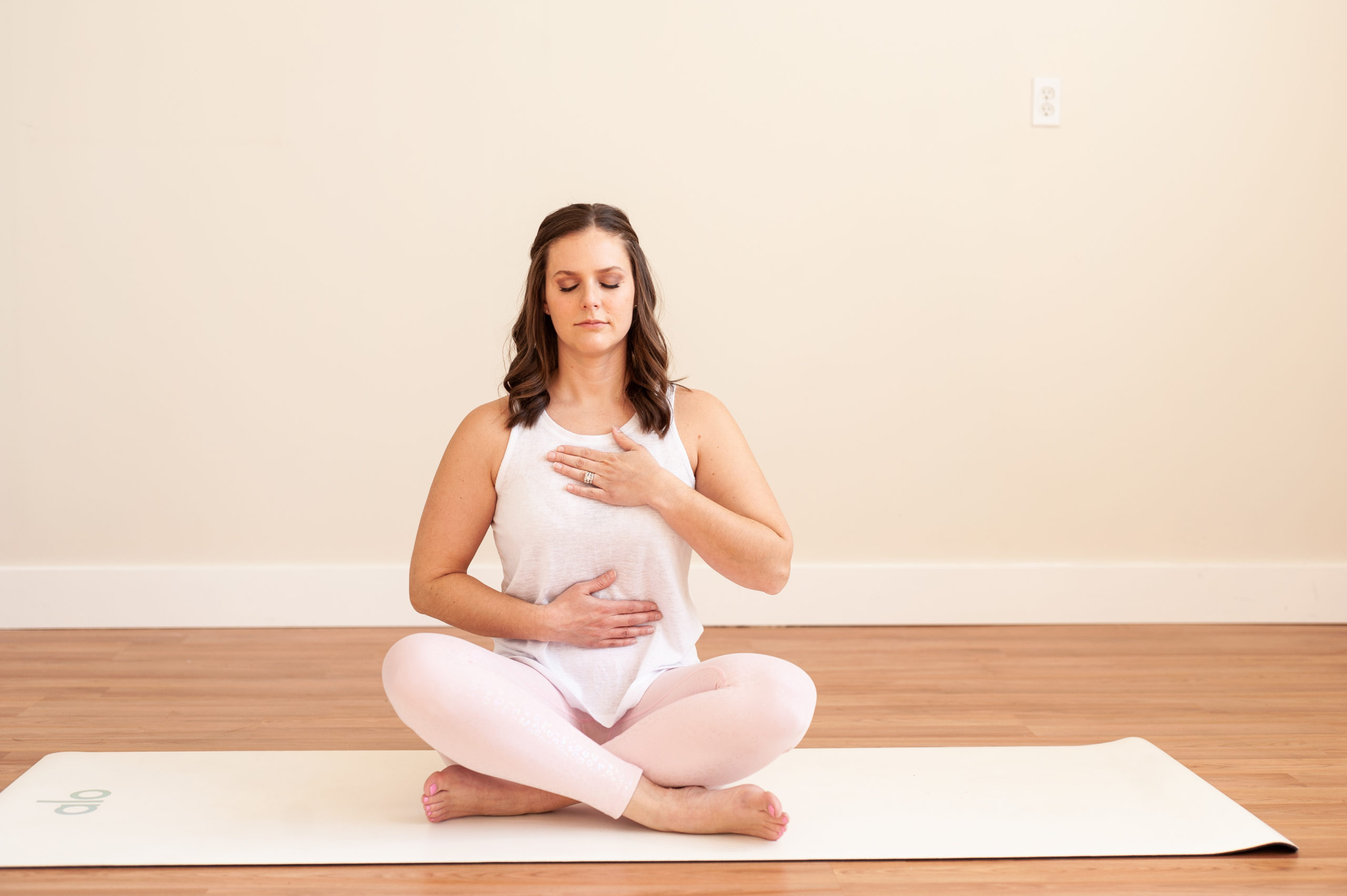Anxiety. It can come for a moment or be around for years at a time. You are not alone. Did you know that anxiety affects about 40 million adults in the US making it the most common mental health disorder in America? It is also one of the most uncomfortable feelings one can experience and can, at times, feel unendurable. But did you know that anxiety is also treatable? Therapy when coupled with complementary and alternative treatments including yoga, meditation, and relaxation techniques aid in the reduction of symptoms.
Stress has become an everyday part of our lives, especially within the last few years of the COVID-19 pandemic. Many people have faced sickness, fear of losing their jobs, financial stressors, relationship problems, and school stress among other things, all while being mostly isolated from others. A constant state of stress puts our sympathetic nervous system into overdrive; this reaction is more commonly known as “Fight or Flight.” Stress, in turn, reduces the functioning of our immune, endocrine (hormone) and digestive systems, and can create a whole host of problems including headaches, aches and pains, muscle tension, fatigue, high blood pressure, digestive issues, depression and anxiety.
When you think about stress or anxiety, what comes to mind? You might note excessive worry or fear. Anxiety and stress are normal in response to stressful situations. Our autonomic nervous system is in place to help keep us safe. It becomes a problem when our bodies get stuck in “fight or flight” mode causing the feelings of anxiety and stress to be disproportionate to what’s going on around us. When anxiety and stress become a regular occurrence, it can interfere with daily functioning.
What are the symptoms of Stress & Anxiety?
· Increased Heart Rate
· Muscle Tension
· Rapid Breathing
· Sweating
· Restlessness, Nervousness or Trembling
· Irritability
· Difficulty Concentrating
· Difficulty controlling thoughts of worry or fear
· Habit of avoidance
Take a moment to scan your own body starting at the crown of your head and moving down to your toes. Each person holds their stress differently, but you might notice tension in your jaw, shoulders, lower back or hips. Stress and anxiety tend to get stuck in our bodies. When your sympathetic nervous system is kicked on, it’s difficult to think your way out of anxiety. Therefore, taking a bottom-up approach to calming the body first allows you to be able to think logically about the situation later.
How do yoga asanas (poses) and breathing reduce anxiety?
Many studies have linked exercise (and specifically yoga & yogic breathing) to a reduction in stress, anxiety, and depression. Yoga practices, breathing and meditation can help you find a sense of peace, calm, and happiness. One of the simplest, most straightforward ways to engage your parasympathetic (relaxation) nervous system is through the use of intentional breathing. When we are stressed or anxious, our breath tends to be short and shallow, which isn’t giving our brain or body the amount of oxygen it needs to function properly. By changing your breath from short & shallow to slow & deep, you can essentially stop your body’s stress response and turn on the relaxation response. Here are a few breath variations you can try next time you are feeling stressed:
1. 4-6-8 Breathing
2. Diaphragmatic (Belly) Breathing
3. Alternate Nostril Breathing
4. Humming Bee Breath
5. Mindful Breathing
Yoga in and of itself encourages relaxation which aids in the reduction of stress and anxiety. Yoga asanas can help bring a sense of focus, peace, accomplishment and boost your overall mood. Physical yoga postures help you feel centered, grounded, and connected all while releasing tension that is being held in your body. Yoga postures are also helpful not only for releasing physical pain and tension, but also for releasing emotional tension. Here are 5 postures to try when you feel the need to relax:
1. Cat/Cow is a fluid movement between your breath and physical movement. Your breath and movement are in sync allowing your breath to melt away tension by opening the chest, neck, and shoulders.
2. Standing forward bend releases tension in the spine, neck and back. It can improve concentration and mental focus.
3. Child’s Pose is a great calming; centering pose that releases tension and opens the back of the body.
4. Plank presents us with the opportunity to learn how to respond to challenging or uncomfortable situations. Learning to keep the breath calm when challenged increases confidence.
5. Legs up the wall can be beneficial for relieving mental and physical exhaustion. It is a calming and centering pose that improves mental focus.
The bottom line is that yoga can be extremely beneficial for managing stress and anxiety. While there are many benefits to adding yoga and breathing exercises to your routine, it is normal to continue to experience the ups and downs of everyday life. You don’t have to suffer through anxiety alone, talk to a counselor or instructor for help managing your symptoms, and as always consult your physician before adding a yoga routine. For some encouragement, read John 14: 27.
